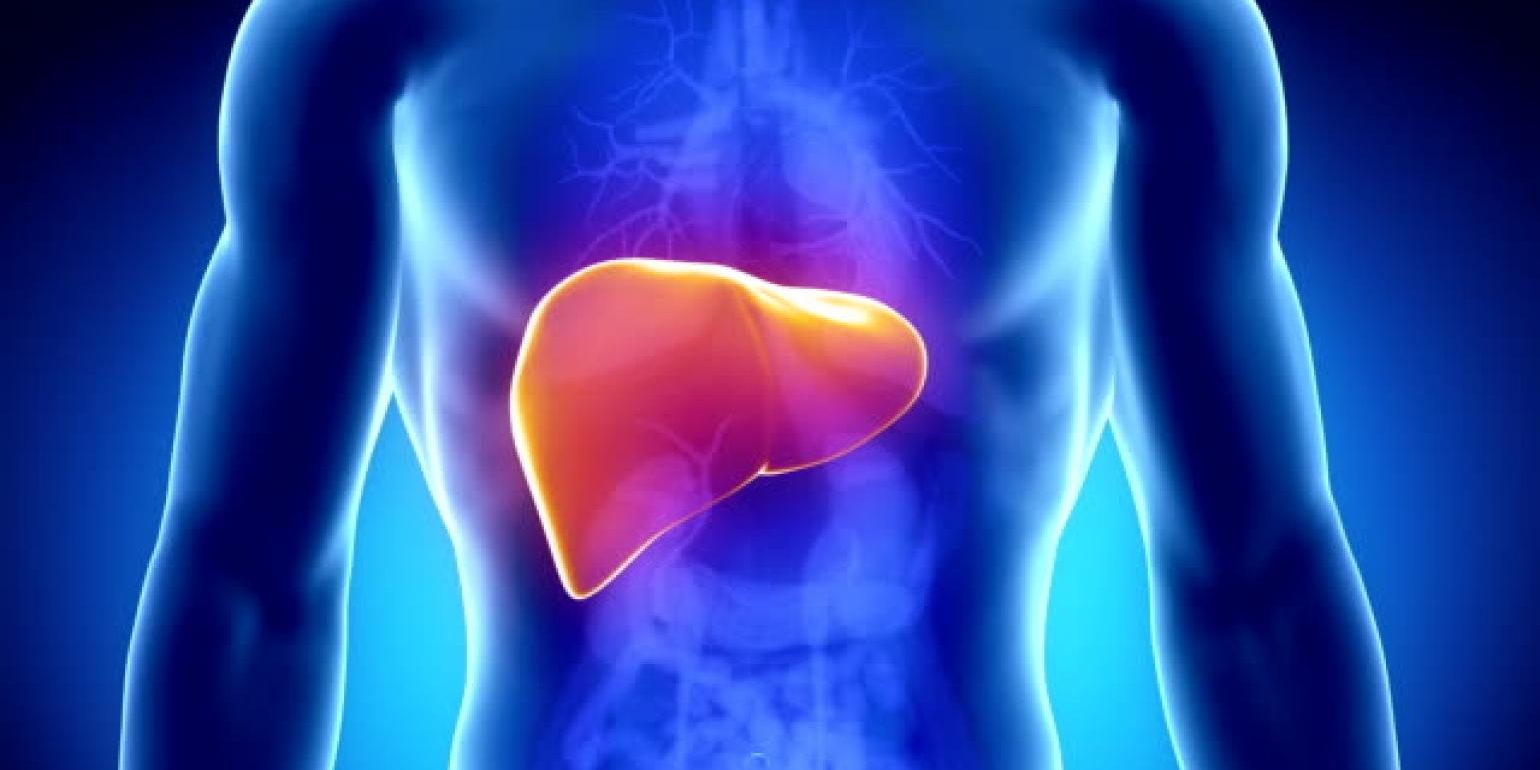Ingredients of interest supporting liver function
Do we really need nutraceuticals to support liver health? Experimental data, falling stars, risks and proven clinical benefits investigated.
The constant exposure of the liver to internal and environmental harmful substances can overwhelm its detoxification ability, causing a number of liver compromises. These range from hepatitis and non-alcoholic fatty liver disease (NAFLD), non-alcohol steatohepatitis (NASH) to liver cirrhosis and hepatocellular carcinoma, while also presenting a risk for other illnesss such as cardiovascular disease, strokes and diabetes.
As for liver support, there is a huge mass of empyrical data which has evolved from the roots of Traditional Chinese Medicine (TCM) using a multitude of herbal ingredients, variably combined, prepared or associated with other Chinese medicine. While these old origins certainly contain pearls of wisdom, these solutions can hardly be assessed in modern medicine and, under no circumstance, can they be replicated nor advised bona fide. This is because the limitation of trying to transfer old data from TCM to a modern, understandable and classifiable setting resides in a lack of knowledge of TCM’s multimodal mechanisms of action, as well as the detailed composition of all extracts.
The number of funtional foods, teas, vegetable oils, and herbal extracts offered over-the-counter with liver-supporting claims, yet unapproved by health authorities, is countless, although some of these are backed by published data. Several herbal compounds have been well studied on experimental level in vitro or in vivo but no clinical confirmation has ever been produced nor failed to confirm any significant benefit. This is the case of caffeine, tetrandrine, resveratrol, andrographolide, curcumin and Salvia miltiorrhiza (red sage). Of course, one cannot rule out that some of the prior disappointing clinical studies suffered from methodological design or disorganised assessment.
In other cases, highly commercialised alleged ‘liver protectors,’ such as shisandra, have been reported to raise lipid profile side effects. Gamboge, a gum resin, has blurred its popularity after serious concerns were raised for its potential redox damage and inflammatory citokines balance. Some ginsenosides, extremely popular for their range of health benefits, may require careful attention. For eample, some ginsenosides may trigger drug hepatotoxicity by inhibiting cytochromes P450.
Two important Japanese compounds, glycyrrhyzin and sho-saiko-to, have almost been abandoned; the first for its unsuitable intravenous administration and the second for severe side effects. A minor Japanese compound, YHK (China-imported mixture of panax pseudo-ginseng, Eucommia Ulmoides, polygonati rhizome and glycyrrhiza), has also not had any success despite 10 years of basic science studies, which have disappeared from institutional hospital and clinics for being unable to produce and publish any sound clinical data. In fact, it was recently shown at experimental level to be less efficient than an average antioxidant complex.
Berberine and sylimarin are somewhat good nutraceutical candidates, noted for safety. The former has limited but promising clinical study support, while the latter is mostly used in western countries, although of TCM origin. The challenge of silymarin is that, although FDA-approved to treat hepatotoxicity, there are multiple conflicting studies investingating its robust significant effect due to erratic pharmacokinetis and unpredictable absorption. Therefore, meta-analysis have assigned this ingredient an unclear indication.
Our group (ReGenera) studied a promising novel hepatoprotector in a variety of liver diseases, such as NAFLD, NASH, alcohol-related hepatitis, viral hepatitis and drug-induced hapatitis. This is a most recent mixture obtained by a detailed high-technology powered extraction and purification, isolating the most functionally-active moieties. This phytomixture containing SBF-isolated effective components (oleanolic acid and saponins-rich ginsenosides, lignans, phenolics and steroids-rich eucommiaceae extracts and Alpha-OH-ursolic triterpene derivative) kinked to a glyco-carrier was tested in a large multicenter study with significant benefits in liver profile and in epigenetic modulation of key genes for liver function.
In the quest for gaining ground for clinical application, pharma-grade of natural plant selection, extraction and batch-to-batch control is mandatory. Moreover, newer molecular biology techhnology now exists to improve and deepen the scrutiny of the mechanisms of action and interaction of natural compounds. While old traditional medicine maintain a source of ‘hints’ for the medical field, they need to be taken as an impulse to advance and finetune modern and safe therapeutic solutions. The use of natural compounds, used either alone or in adjunt to pharmacological treatment, do represent a fascinating opportunity in human health.
Francesco Marotta, M.D., Ph.D., is managing director at ReGenera R&D International for Aging Intervention, Milano, Italy. Join Prof. Marotta and other experts in the digestive health panel discussion exploring new research supporting the gut as part of Vitafoods Asia Digital Week.
Credit : www.vitafoodsinsights.com

